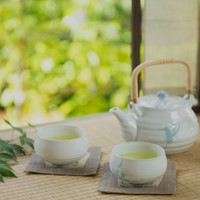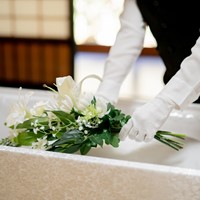Japanese Wedding Etiquette: 7 Steps from RSVP to Afterparty
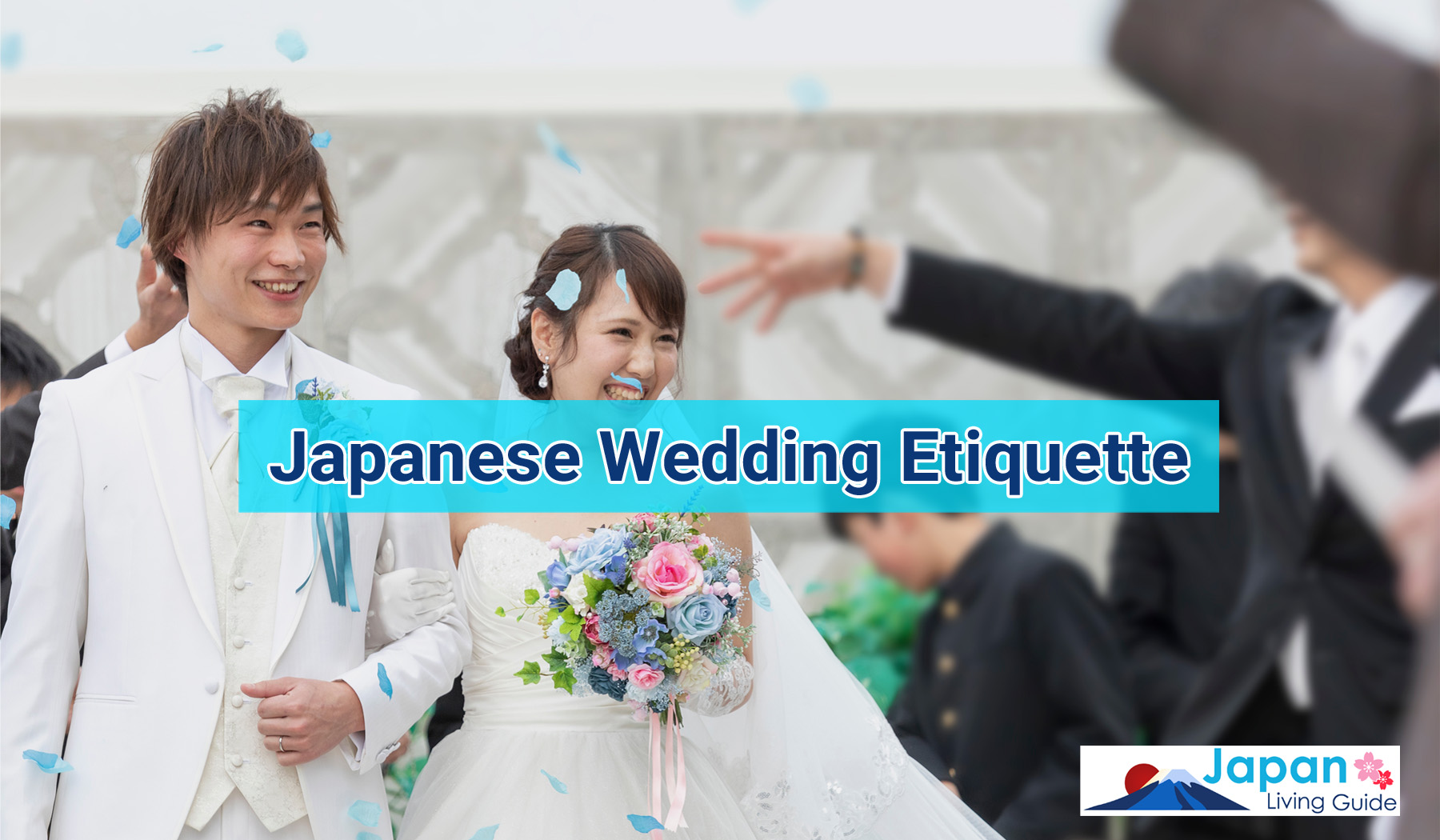
When you've been in Japan long enough and have a local circle of young working adult friends or others who are older with grown children, then the chances are that one fine day you may find yourself invited to a wedding ceremony in Japan. Congratulations, as being asked to attend a Japanese wedding indicates that you are considered to be part of a close circle of friends or colleagues! But what exactly does a Japanese wedding look like?
A Shinto versus a "White" Wedding Ceremony in Japan
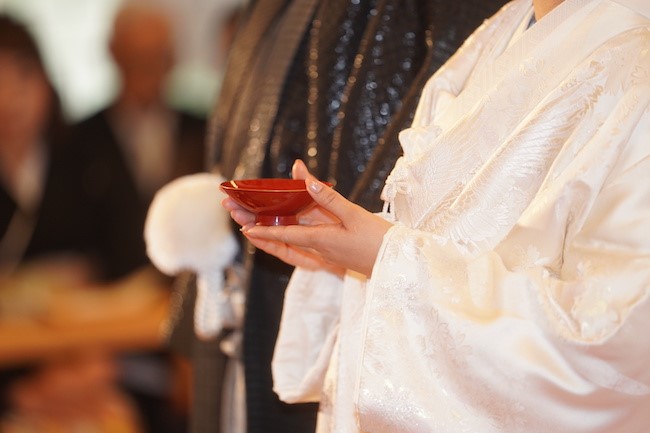
Traditional Japanese wedding ceremonies are celebrated Shinto style. The family may attend a ceremony at an actual Shinto shrine, but the public wedding celebration, known as the hiroen, will likely be held at a hotel with a Shinto priest performing the rituals there for close family and friends.
Recently, "white" weddings have become quite common as well. This is where the ceremony resembles a church wedding complete with cross in the background, usually with a Caucasian person playing the role of "priest," a Christian wedding in form if not substance. Regardless of wedding style, however, the basic etiquette remains the same. Here are 7 basic steps that will help you to master Japanese wedding etiquette before and during the big day.
Japanese Wedding Etiquette in 7 Simple Steps
STEP 1: RSVP
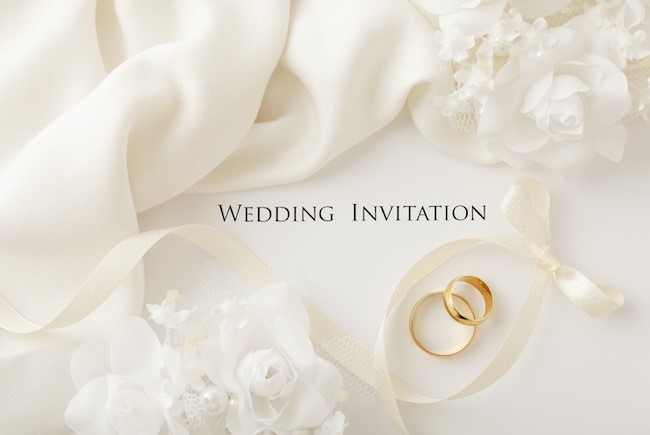
Before you start worrying about having nothing to wear or what wedding present to give, the first thing you should do is to RSVP. Your wedding invitation card will usually have a reply slip to send back. Be sure to fill this in and post it regardless of whether you can make it or not. Although you are unlikely to write anything taboo when you RSVP, do note that Japanese people typically avoid words that imply "cutting" or anything that connotates "breaking" or "splitting" for obvious reasons. If there is any space to write freely on your slip, the best advice is to simply go with "Congratulations!"
STEP 2: Prepare a Wedding Gift
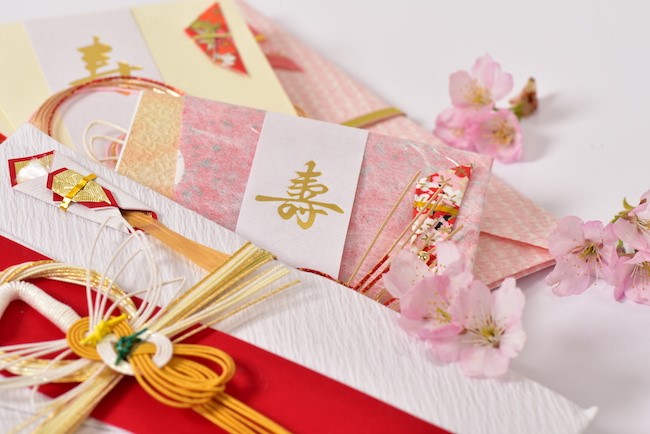
Even if you can't attend the ceremony, Japanese wedding etiquette dictates that you still give a wedding gift - which in Japan, is simply cash delivered in a special way. There isn't a wedding present list as in the West, so that saves a hassle in a sense. However, sharing the joy of a marriage union will set you back at least 30,000 yen, though if you can't attend the ceremony then it is acceptable to give slightly under that amount. The actual figure should not be divisible by two, as that is said to be inauspicious as it links back to the "splitting" taboo. Bosses at work who attend the weddings of their subordinates are expected to give a sum of around 50,000 yen.
The wedding gift should be put in a standard envelope called the "shugibukuro" used for weddings. These are available at convenience stores, but be sure to get the right one --you don't want to accidentally pick up one used for funerals or any other purposes. Fresh, crisp notes or preferable, but if you don't have time to go to a bank to get fresh notes, try to choose the notes that are in their best form for the big day. Put your name on the envelope and hand this to the receptionist on the wedding day.
STEP 3: What To Wear
Now, you can start worrying about what to wear. A formal kimono is acceptable at a wedding, but please do so only if you know how to wear one properly. Otherwise, as a basic rule, just be sure not to wear white. Black and any other colors are fine; women should generally wear subdued heels and take care not to reveal shoulders, knees or toes. Men will be safe in a black or other sensibly-colored suit and tie with black shoes.
STEP 4: Who To Bring
If the invitation card says you can invite a partner, do remember to bring an "official" partner known to your circle; your partner will either be expected to pay the same amount as yourself for attending the event, or pay a total sum that is auspicious. More often than not, though, the invitation will be for one. This may happen either because the bride or groom know only you and not your partner, or because it is very expensive (for them!) to invite couples. Depending on the situation, you may find yourself mingling not only with friends and family of the newlyweds, but also business associates including your own coworkers, many without their significant others.
STEP 5: The Reception and Banquet
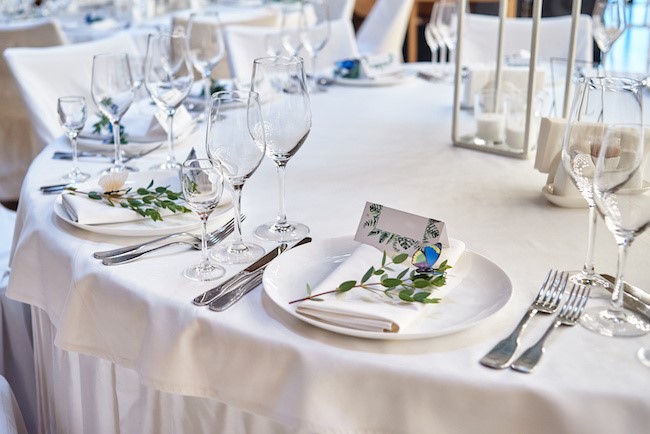
Japanese wedding banquets start on time and follow the schedule that you will handed after registering your attendance. The wedding procedures henceforth are fairly standard, with a speech from friends, by the couple themselves, ring exchange, perhaps even an exchange of vows, cake cutting and several costume changes for the bride a the couple goes round toasting the thanking the crowd.
At the end of the meal, do remember to take the bag under your chair. It's a gift given in thanks from the newly-wedded couple, usually given in the form of sweets and pastries called "hikigashi," or even fancier gifts, such as cutlery or glasses, known as "hikidemono." In some cases there may be a gift catalogue in lieu of a gift, from which you are later free to choose an item. Whatever the case, once the food has been eaten and the gifts scooped up, the couple and their parents will be at the exit to thank you for coming; do remember to thank them for the lovely wedding ceremony and gift, even if you tell them in English!
STEP 6: The Afterparty
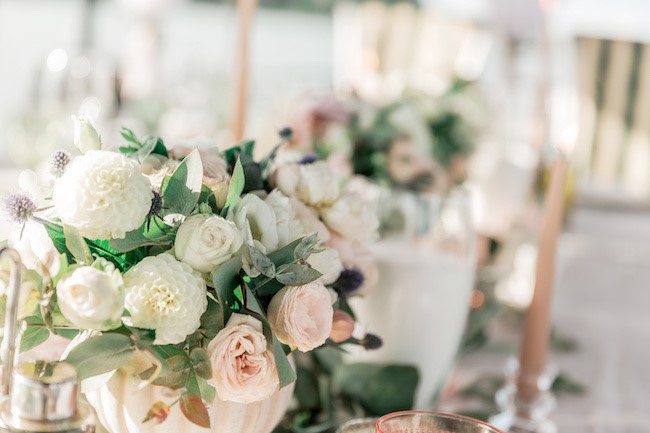
As is common in Japanese culture, there is always a "nijikai", or after party, usually among the group of closer friends. If you have been invited to attend this as well, be prepared to foot another 10,000 yen or more for the second round, which will usually be held at a predetermined izakaya for a more casual celebration, with more drink and food with the couple. As common sense dictates, do not get overly drunk here as you don't want to embarrass your friend on his or her big day.
STEP 7: Say Thank You

When all the festivities are finally over and you've managed to comport yourself well and even catch the last train home, then congratulations on successfully attending your first wedding ceremony in Japan! Now, to truly impress your now happily-wedded Japanese friend, do remember to follow-up with a thank you card for the wedding - there isn't a designated thank you card for after a Japanese wedding, so feel free to use any one you like - and tell your friend how great he or she looked as a couple, compliment the food, venue and anything else that you remember about the day. That will top off your wedding experience with extra marks for detail.
Japanese Wedding Etiquette a Matter of Common Sense
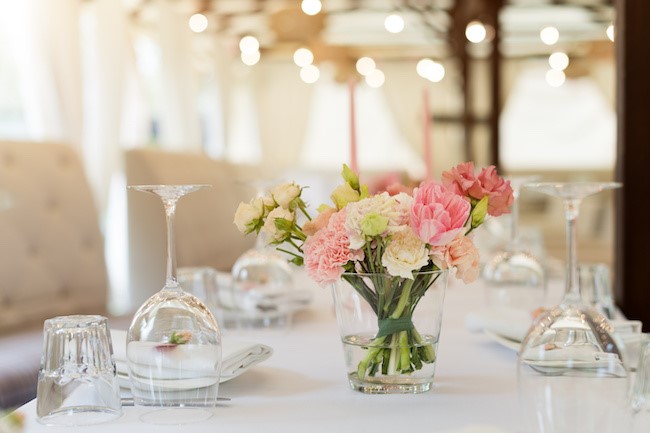
In order to show how how grateful you are for the chance to participate in this huge life event, it is important to learn at least some aspects of Japanese wedding etiquette--but chances are good that nobody will begrudge you an error or two. Just as in your home country, making the right moves at the wedding ceremony itself is most likely a simple matter of following the lead of the others around you.
As for the rest, even if you don't remember every point outlined here you can always ask a Japanese friend or colleague as the day approaches. Speaking of colleagues, you may want to.




